-
 bitcoin
bitcoin $122025.899241 USD
-2.12% -
 ethereum
ethereum $4488.068729 USD
-4.11% -
 bnb
bnb $1315.348019 USD
8.65% -
 tether
tether $1.000457 USD
0.03% -
 xrp
xrp $2.875326 USD
-3.69% -
 solana
solana $222.043604 USD
-4.07% -
 usd-coin
usd-coin $0.999682 USD
0.00% -
 dogecoin
dogecoin $0.249887 USD
-5.62% -
 tron
tron $0.337379 USD
-2.59% -
 cardano
cardano $0.827763 USD
-5.06% -
 hyperliquid
hyperliquid $45.774531 USD
-2.43% -
 chainlink
chainlink $22.079309 USD
-5.87% -
 ethena-usde
ethena-usde $1.000156 USD
0.02% -
 sui
sui $3.482566 USD
-3.57% -
 stellar
stellar $0.386982 USD
-4.92%
Do Tradeoffs Between Security, Scalability and Decentralization Remain?
Despite technological advancements, the blockchain trilemma continues to present tradeoffs between security, scalability, and decentralization, posing ongoing challenges for network optimization.
Oct 17, 2024 at 06:05 am
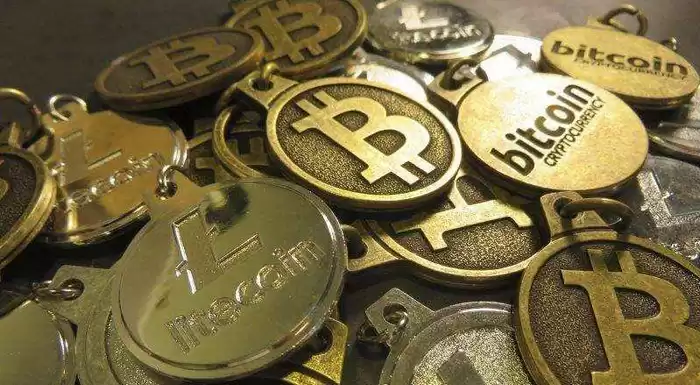
The blockchain trilemma is a fundamental challenge faced by blockchain networks, which highlights the inherent tradeoffs between three key attributes: security, scalability, and decentralization.
- Security: The ability of the network to resist malicious attacks or manipulation.
- Scalability: The capacity of the network to handle large numbers of transactions per second.
- Decentralization: The distribution of power and control among different participants in the network.
Traditionally, it has been difficult to optimize all three attributes simultaneously.
- Security and Scalability: Strong security measures like proof-of-work consensus mechanisms can slow down transaction processing, affecting scalability.
- Scalability and Decentralization: Increasing the number of nodes or sharding the blockchain to improve scalability can compromise decentralization by centralizing control.
- Security and Decentralization: Removing central authorities for increased decentralization can make the network more vulnerable to attacks.
Recent advancements have aimed to mitigate these tradeoffs:
- Layer-2 Solutions: Protocols built on top of existing blockchains to enhance scalability without compromising security.
- DAG (Directed Acyclic Graphs): Alternative consensus mechanisms that claim to provide both security and scalability.
- Hybrid Consensus: Combining different consensus mechanisms to balance security and scalability.
Empirical studies have demonstrated the ongoing tradeoffs:
- Bitcoin: High security but relatively low scalability (approximately 7 transactions per second).
- Ethereum: Moderate security and scalability (approximately 15 transactions per second) with Layer-2 solutions available.
- Solana: Focuses on scalability but questions remain about long-term security due to its centralized validator nodes.
Ongoing research continues to explore promising solutions that address the trilemma:
- Cross-chain Interoperability: Connecting different blockchains to leverage their strengths for enhanced security and scalability.
- Quantum-resistant Cryptography: Developing new encryption techniques to mitigate security risks from quantum computing.
- Proof-of-Stake Mechanisms: Exploring alternative consensus mechanisms that offer both security and efficiency.
While advancements have made progress in mitigating the blockchain trilemma, certain tradeoffs still exist. Balancing security, scalability, and decentralization remains a complex challenge, requiring ongoing research, technological innovation, and empirical analysis. As the blockchain ecosystem evolves, continuous efforts will be necessary to push the boundaries and strive for an optimal equilibrium between these three fundamental attributes.
Disclaimer:info@kdj.com
The information provided is not trading advice. kdj.com does not assume any responsibility for any investments made based on the information provided in this article. Cryptocurrencies are highly volatile and it is highly recommended that you invest with caution after thorough research!
If you believe that the content used on this website infringes your copyright, please contact us immediately (info@kdj.com) and we will delete it promptly.
- BlockDAG, DOGE, HYPE Sponsorship: Crypto Trends Shaping 2025
- 2025-10-01 00:25:13
- Deutsche Börse and Circle: A StableCoin Adoption Powerhouse in Europe
- 2025-10-01 00:25:13
- BlockDAG's Presale Buzz: Is It the Crypto to Watch in October 2025?
- 2025-10-01 00:30:13
- Bitcoin, Crypto, and IQ: When Genius Meets Digital Gold?
- 2025-10-01 00:30:13
- Stablecoins, American Innovation, and Wallet Tokens: The Next Frontier
- 2025-10-01 00:35:12
- NBU, Coins, and Crypto in Ukraine: A New Yorker's Take
- 2025-10-01 00:45:14
Related knowledge

How does cryptocurrency achieve decentralization?
Sep 30,2025 at 04:37am
Understanding the Foundation of Decentralization in Cryptocurrency1. Cryptocurrency achieves decentralization primarily through the use of blockchain ...
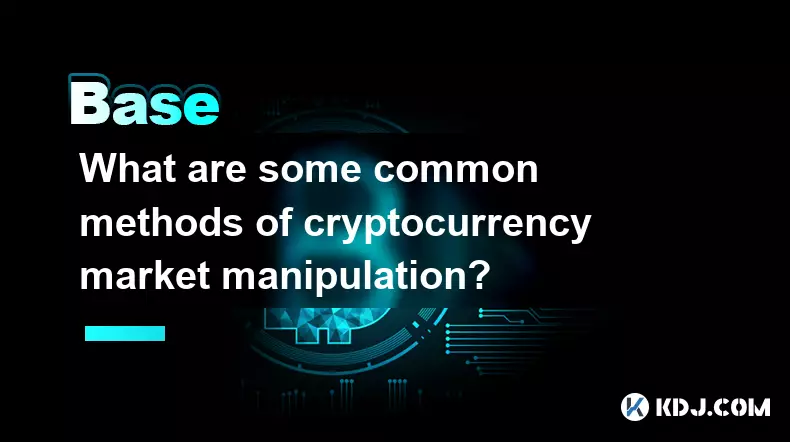
What are some common methods of cryptocurrency market manipulation?
Sep 27,2025 at 02:55am
Wash Trading and Its Impact on Market Perception1. Wash trading involves an individual or entity simultaneously buying and selling the same cryptocurr...
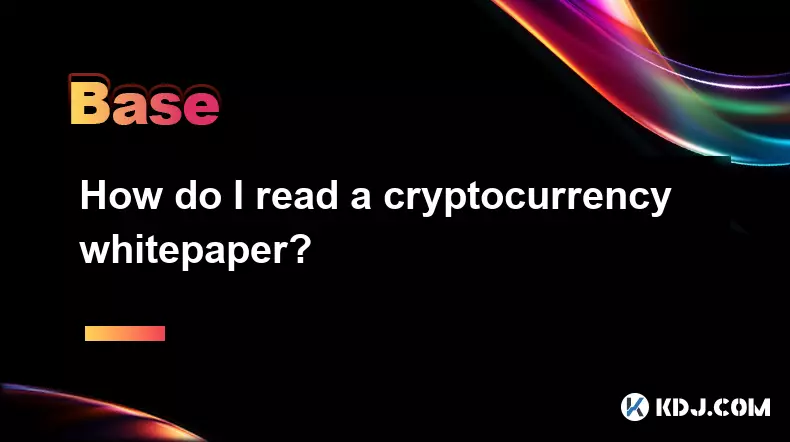
How do I read a cryptocurrency whitepaper?
Sep 27,2025 at 05:54am
Understanding the Structure of a Cryptocurrency Whitepaper1. Begin by identifying the executive summary, which outlines the project’s core vision and ...
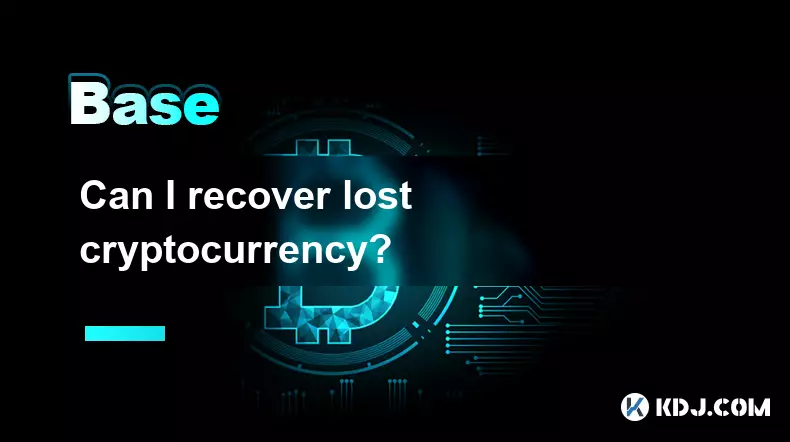
Can I recover lost cryptocurrency?
Sep 25,2025 at 08:18am
Understanding the Nature of Cryptocurrency Loss1. Cryptocurrency operates on decentralized networks, meaning there is no central authority to reverse ...
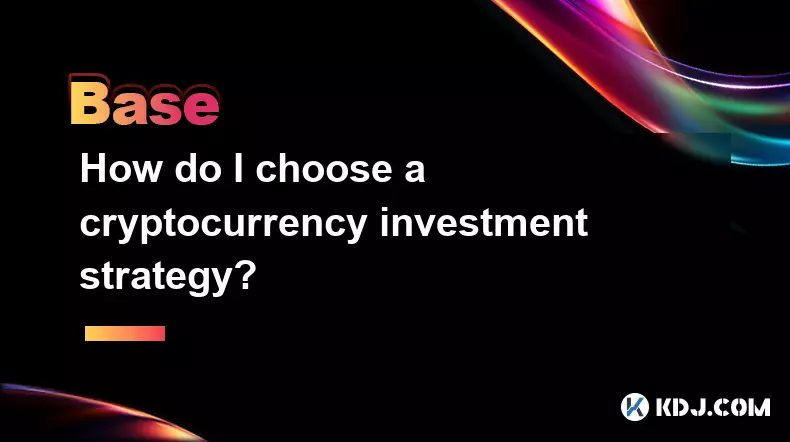
How do I choose a cryptocurrency investment strategy?
Sep 27,2025 at 03:55pm
Understanding Risk Tolerance in Crypto Investing1. Assessing personal risk tolerance is a foundational step when entering the cryptocurrency market. V...
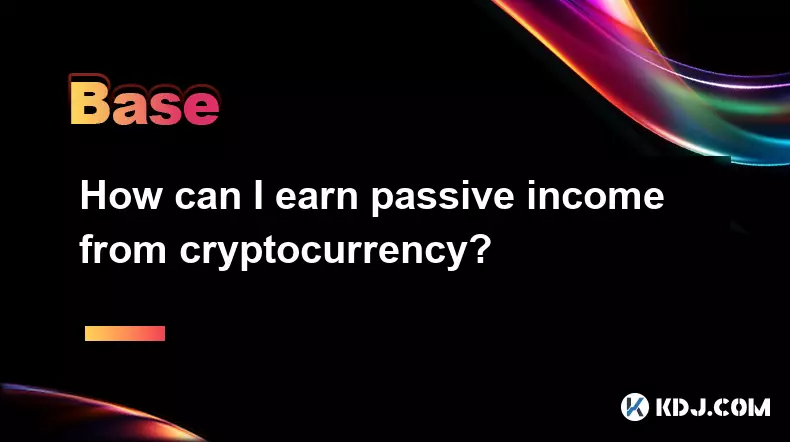
How can I earn passive income from cryptocurrency?
Sep 23,2025 at 10:18am
Staking Cryptocurrencies for Regular Returns1. Many blockchain networks operate on a proof-of-stake (PoS) consensus mechanism, allowing users to earn ...

How does cryptocurrency achieve decentralization?
Sep 30,2025 at 04:37am
Understanding the Foundation of Decentralization in Cryptocurrency1. Cryptocurrency achieves decentralization primarily through the use of blockchain ...

What are some common methods of cryptocurrency market manipulation?
Sep 27,2025 at 02:55am
Wash Trading and Its Impact on Market Perception1. Wash trading involves an individual or entity simultaneously buying and selling the same cryptocurr...

How do I read a cryptocurrency whitepaper?
Sep 27,2025 at 05:54am
Understanding the Structure of a Cryptocurrency Whitepaper1. Begin by identifying the executive summary, which outlines the project’s core vision and ...

Can I recover lost cryptocurrency?
Sep 25,2025 at 08:18am
Understanding the Nature of Cryptocurrency Loss1. Cryptocurrency operates on decentralized networks, meaning there is no central authority to reverse ...

How do I choose a cryptocurrency investment strategy?
Sep 27,2025 at 03:55pm
Understanding Risk Tolerance in Crypto Investing1. Assessing personal risk tolerance is a foundational step when entering the cryptocurrency market. V...

How can I earn passive income from cryptocurrency?
Sep 23,2025 at 10:18am
Staking Cryptocurrencies for Regular Returns1. Many blockchain networks operate on a proof-of-stake (PoS) consensus mechanism, allowing users to earn ...
See all articles










































































